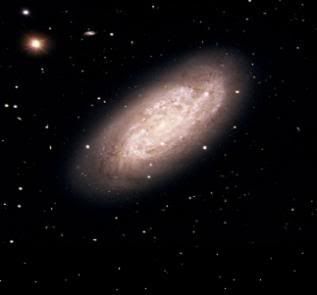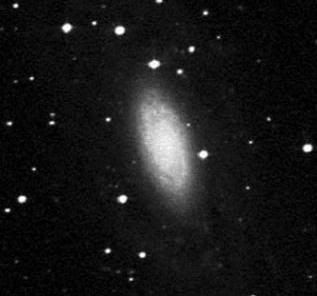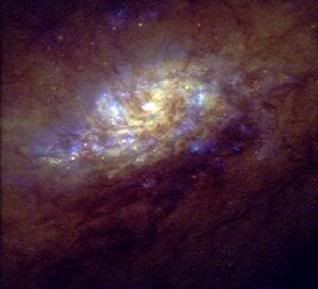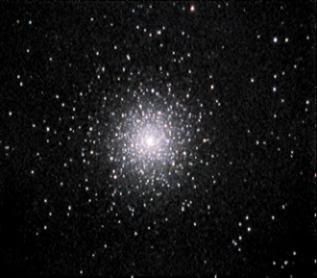Post by glactus on Feb 17, 2008 9:13:58 GMT

Columba The Dove. This is a constellation of the southern hemisphere and a member of the "Heavenly Waters" constellation family. It is a modern constellation named by Petrus Plancius a sixteenth century Dutch theologian and map maker. This constellation honours the dove that Noah sent from the Ark after the rains had stopped to find dry land.
Notable stars:
Alpha Columbae is a subgiant with the traditional name of Phact, from Arabic Al-Fakhitah, or the "dove." It has an apparent magnitude of approximately 2.6, making it the brightest star in the constellation. Distance is 268 light years
Beta Columbae's traditional name Wazn, Arabic for "weight".Wazn is of spectral class K1 and has apparent magnitude of 3.2. Distance from Earth is approximately 86 light-years.
Delta Columbae is a spectroscopic binary yellow giant with a magnitude of 3.85. Distance From Earth is 237 light years.
Notable objects:

NGC 1792
Even though it has roughly the same size as nearby 1808, NGC 1792 does not look as bright, but is a very photogenic galaxy. Magnitude is 10.3 and distance from Earth is 155 milion light years.

NGC 2090
NGC 2090 has a high surface brightness, with a brighter, very small core. In the general, wider view there is a generous spread of bright 10/11 field stars over a smooth dark background sky. Overall, NGC 2090 is beautiful bright galaxy and the view is impressive. Magnitude is 13.4

NGC 1808
NGC 1808 is a barred spiral galaxy located 40 million light years away and is undergoing as episode of intense star formation near its very centre, perhaps triggered by material transported inward along the bar.
The image shows a region that is about 3,000 light years across. magnitude is 10.1.

NGC 1851
Of the deep sky objects in Columba, NGC 1851 is perhaps the most interesting. This is a globular cluster of rather faint stars in a remote section of the constellation, but it is the home of a puslar, giving the cluster has an extremely bright center. Magnitude is 7.3 and distance from Earth is 39,500 light years.

the planets
credits:
Columba map:
image: NGC 1792 - case education
filer.case.edu/sjr16/archive_curevnt_2003.html
image: NGC 2090 - astrosurf
www.astrosurf.com/skylink/deepsky/ngc_cat.html
image: NGC 1808 - Hubble
hubblesite.org/gallery/album/galaxy_collection/pr1998012b/
image:NGC 1851 mso
www.mso.anu.edu.au/~plah/40_inch_jpeg_images.html


